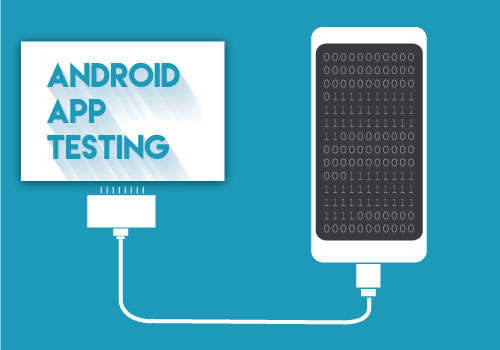
6 Top Android App Testing Challenges
February 16th, 2016

Unlike traditional desktop and web applications, android app testing is different and more complex. It has its own set of challenges.

The movement towards mobile devices has brought a whole different set of challenges to the testing world. Not only consumer targeted apps, but enterprise apps as well are on the rise.
Read Also: Top 5 Automation Testing Tools for Android
Here are 6 key challenges that android app developers and testers are facing.
- Screen Sizes: The android world is not simple. There are devices with display sizes ranging from sub-3 inches to over 10 inches. The variety of different aspect ratios and pixel densities can be overwhelming as well.
With the launch of iPhone 6, Apple brings new screen sizes to iOS as well. Though iOS developers are used to pixel perfect screen design, they now need to change their mindset to adaptive screen design. But for android it’s at an amplified rate. For testing, it means that we need to check on various devices that all the necessary screen elements are accessible with different screen sizes and aspect ratios.
- Connection Types: There are several standards for mobile data connections (edge, umts, 3G, 4G) as well as for wifi (b, g, n). Sometimes there might be no connection available at all or the device is in flight mode. When users move around the connection type might change.
Unfortunately some carriers filter the web on their own will, which results in the devices being connected without actually having connection with a specific service (messaging or calling through apps). Even though connection APIs on mobile platforms have been developed keeping those challenges in mind, the real world environment is still very much varying and interesting set of issues may occur. It’s important to test the bandwidth usage as not all carriers are supporting unlimited data volumes.
- Different OS versions: iOS users are known to upgrade quickly to newer versions. On the contrary, Android uptake has historically been very slow and the fragmentation is wide. This means that app developers need to support older OS versions and older APIs and testers need to test those.
- Power consumption and battery life: Innovation in the battery storage capacity field hasn’t been keeping up with the app consumption rate. We are running lots of apps during the day and several processes are running in the background without us even noticing. This all requires CPU cycles. Thus, batteries tend to dry. When testing mobile apps, we need to make sure that the power consumption is kept minimal and the app is developed keeping the best practices in mind.
- Usability: Mobile devices screen are comparatively small and there are always more data we would like to present than possible to fit to the screen. It’s challenging to keep the interaction clean and simple for the user, and at the same time display all the necessary information. Font size and readability are other challenging factors of usability. When testing mobile apps, it’s important to pay attention to the size of click areas and making sure that all texts are readable without lenses.
You May also Like: 5 Types of Testing to Make Your Mobile Apps User Friendly
- Internationalisation: Most of the apps are designed to be used on international markets. Testing for translation is only one piece of the whole internationalisation testing. Testers should also take into account regional traits like locale settings and time zones and target audience.
Changing time while app is running might cause some interesting artefacts. Also some designs that are working in the western world might not work in the east and vice-versa. Right-to-left languages have always kept developers puzzled.


 Software Testing Events
Software Testing Events App Testing
App Testing Web App Testing
Web App Testing Game Testing
Game Testing Automation Testing
Automation Testing Load Testing
Load Testing Security Testing
Security Testing Performance Testing
Performance Testing Hire a Tester
Hire a Tester






